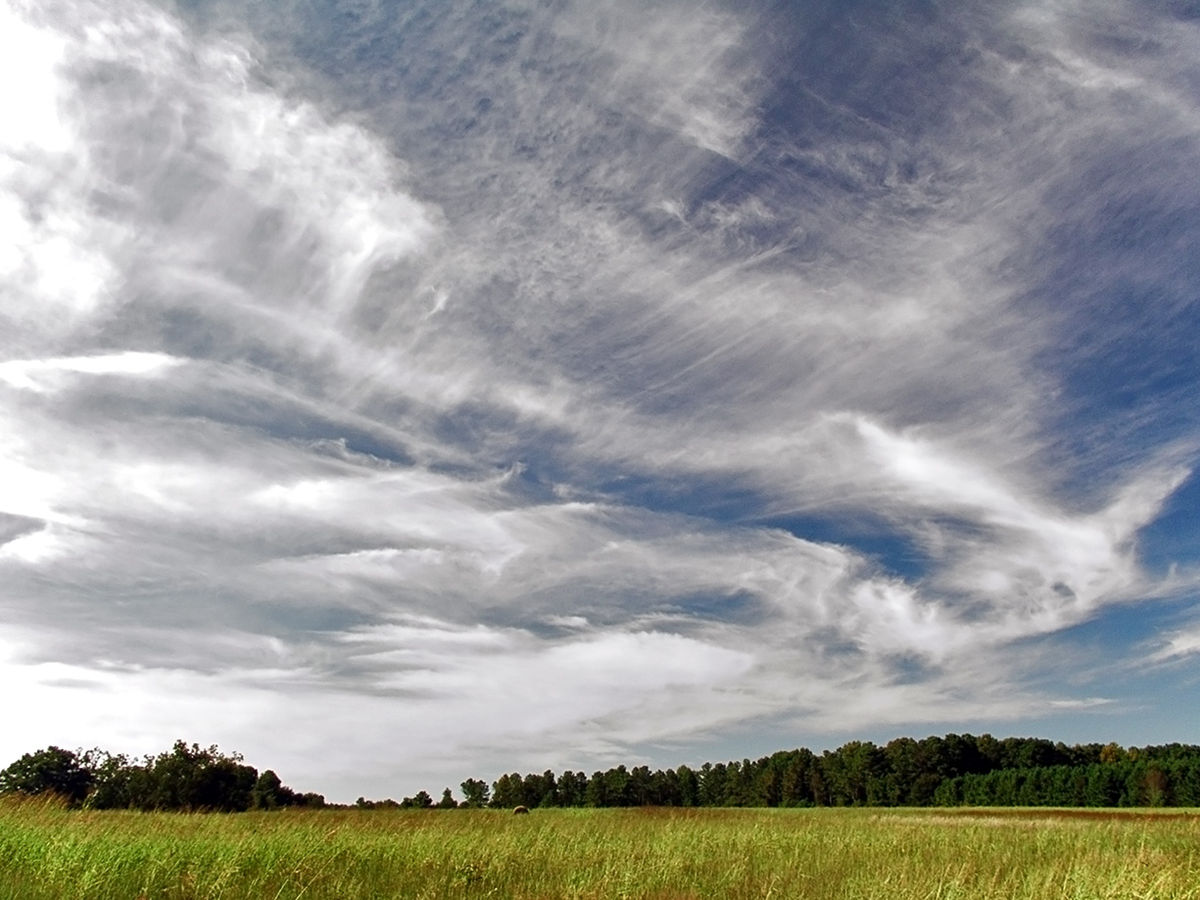Besides struggling with a pandemic, the world is also slowly facing the angst of nature. Climate change in various parts of the world is leading to a rise in temperature and wildfires. On the other hand, there are some parts of the world that are facing the wrath of nature in form of intense rains and flooding events. Keeping all this in view, scientists are now proposing to practice afforestation at a large scale. This can reduce the dangerous consequences that occur due to changes in climate and global warming.
According to the latest study, an increase in forests, also known as afforestation has a positive effect on the cloud cover. Researchers have found that in 67 percent of sampled areas across the world, afforestation would increase cloud cover at low-level, which should have a cooling effect on the Earth.

The new study points out that forests are not only crucial for moderating climate by sequestering atmospheric carbon, but also create a cooling effect by increasing low-level clouds. The observations for the study are made through satellite. They have resulted in the first of its kind global evaluation that shows that for two-thirds of the world, afforestation increases low-level cloud cover. The strongest effect of this practice has been observed in evergreen needle-leaf forests.
Forests are extensively regarded as absorbers of carbon. This is because they carry an ability to sequester carbon dioxide from the atmosphere and convert it into biomass that helps in reducing climate change. However, how forests affect climate in other ways like their role in the water cycle and surface energy balance is still not clear.
The research highlights that changing the forest cover can further affect the cloud regime, which can have potential effects on the hydrological cycle.
The researchers made use of global data records of cloud and land-fractional cover to assess the effect of the conversion of vegetation cover into the deciduous and evergreen forest. The data came from the European Space Agency’s Climate Change Initiative to describe that cloud generally increased over the whole year in afforested areas in temperate, tropical, and arid regions, sometimes by as much as 15 percent.

When there is prolonged snow cover, forests of areas like North America, Russia, and Eastern Europe see a dip in the cloud cover. The depletion in cloud cover during winters is moreover forests compared to open land. Alessandro Cescatti, a co-author of the study, in a statement, said, “Earth observations are increasingly showing that trees and forests are impacting climate by affecting biophysical surface properties.”
The study also maintains that clouds are a very sensitive and uncertain component of climate change, though it has a pivotal role in modulating the amount of energy reflected, emitted, and absorbed both at the surface and in the atmosphere. Also, the low-level clouds contribute largely to produce a net cooling effect on climate.
The researchers also stressed that to reduce the serious consequences of climate change, there is a need to remove excess carbon that has been already emitted, besides just stopping the emission of greenhouse gases. They have also put forward that the “most effective way to capture carbon is to have it sequestered by trees.”
Several countries are taking initiatives to increase forest cover. This includes China, which is working on its Green Wall, and Europe on its European Green Deal. However, researchers have also mentioned in the paper that planting trees is not a simple solution. It can have various climatic impacts depending on how, when, and where they are planted.



